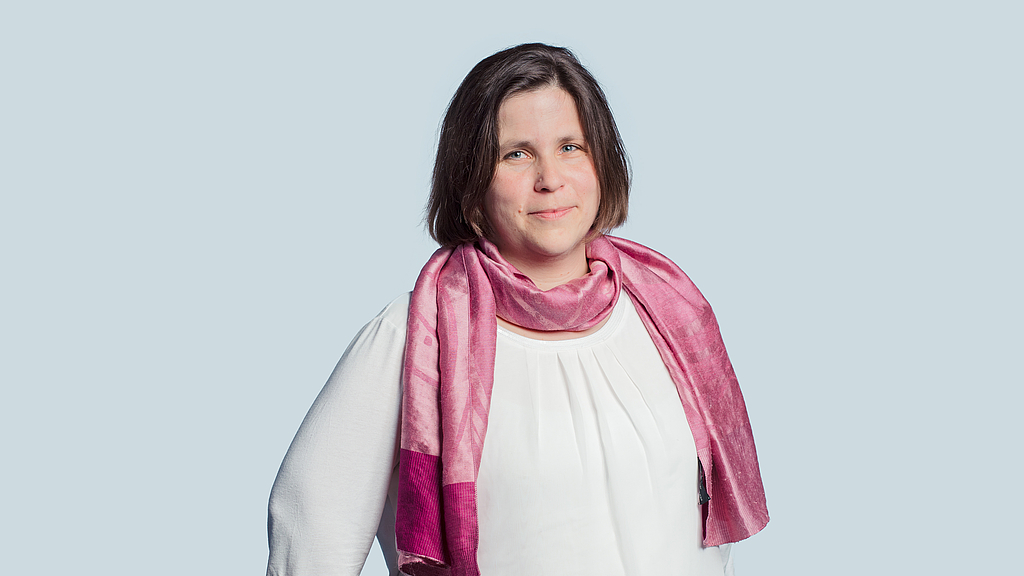Cooperation and Education - Intoxicating Spaces
How intoxicants created new social spaces
The German Maritime Museum / Leibniz Institute of Maritime History (DSM) is project partner in a two-year cooperation project of the universities of Oldenburg, Sheffield, Stockholm and Utrecht entitled "Intoxicating Spaces: The Impact of New Intoxicants on Urban Spaces in Europe, 1600-1850".
The project explores how the consumption of new intoxicants between 1600 and 1850 created new public spaces and shaped new forms of sociability. Examples of this are the coffee houses in the most important Northern European port cities of Amsterdam, Hamburg, London and Stockholm.The debates about the narcotics consumed alternated between dangerous and subversive or hip and exclusive.
The influence of cocoa, tea, coffee, sugar and tobacco on European societies is a sign of the first wave of globalization in the early modern era. A further focus of research is therefore on the often exploitative international structures and trade relations that underpinned the production, trade and consumption of these products.
In international conferences and workshops, with a virtual exhibition and in cooperation with schools, museums, NGOs and international organizations, the project wants to show that these issues open up an important historical perspective on current topics such as the "localization" of intoxicants and stimulants in our society and the significance of flows of people and goods in a globalized world.
Within the project, the DSM will develop a digital-analogue exhibition with schools from the region on the subject of "Intoxicants in the past and present". The pupils will be interviewed with the educational support of the DSM experts from the port, shipping and historical sciences. They will curate their results in the form of a port indicator - the "Port Gazette". The exhibition is due to open in 2021.

Prof. Dr. Dagmar Freist (Principal Investigator)
Carl von Ossietzky Universität, Oldenburg
dagmar.freist@uol.de
Related articles
-The Bremen cog from the Hanseatic era - 600 years of history to admire
The "Bremen Cog" is the best preserved medieval merchant ship in the world. In our exhibition you can learn more about life on board, the construction method and today's cult around the shipwreck of 1380.

Mankind and the sea: ships and maritime technologies
We're rebuilding our museum. On these blog pages you can find out in advance which themes and objects will be shown in our new exhibition.




